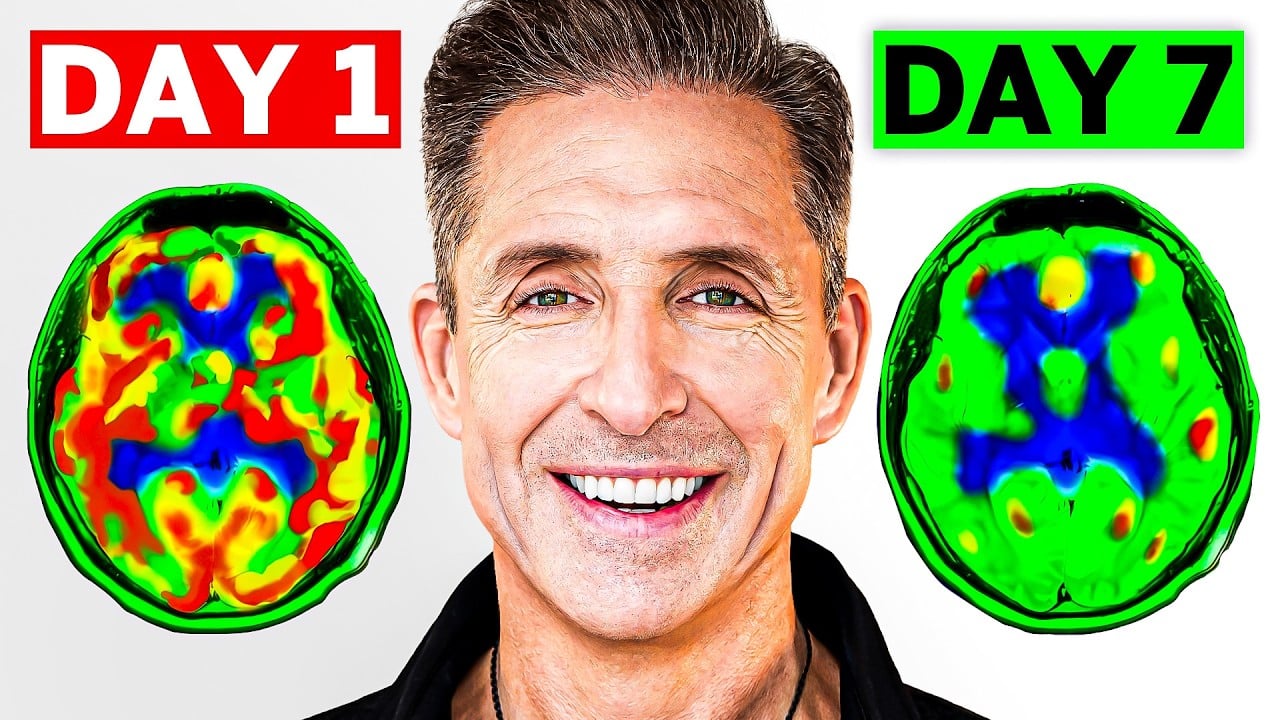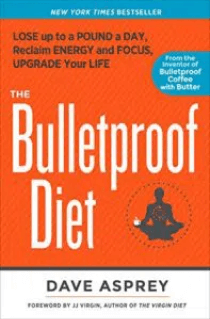
[tldr]
- Carbon 60 is an arrangement of carbon atoms that forms a ball-shaped molecule, with a structure similar to a geodesic dome (think Epcot Center).
- Known among scientists casually as a “buckyball,” carbon 60 has exciting properties and shows tremendous potential in the areas of cancer and aging research, among others.
- Researchers started digging deep into its properties when one research team accidentally found that it made rats live longer.
- Keep reading to find out what carbon 60 does at the cellular level, and how it works to make you live longer.
[/tldr]
Carbon 60 is an arrangement of carbon atoms that forms a ball-shaped molecule, with a structure similar to a geodesic dome (think Epcot Center). It’s known among scientists casually as a “buckyball,” and more formally as a part of a class of chemicals called fullerenes, both versions named after scientist Buckminster Fuller, who is best known for his inventions and architectural designs. Carbon 60 has exciting properties and shows tremendous potential in the areas of cancer and aging research, among others.
The molecule isn’t fully understood, but researchers have identified a few mechanisms at play when it comes to carbon 60’s effects on lifespan, inflammation, and disease processes. Keep reading to find out what the science says about carbon 60.
Instantly download the Bulletproof Diet Roadmap, your cheat sheet to eating for maximum energy, brain power and performance.
The anti-aging power of carbon 60

Along with boosting longevity, carbon 60 can also ease arthritis. In an episode of Bulletproof Radio (iTunes), Ian Mitchell, vice president of research at Carbon 60 Plus, a company that researches carbon 60 shared that he takes Carbon 60 every day for longevity and general wellness.
“One of the partners at our company, who’s in his 70s, started taking it because he had rheumatic fever as a kid, and had really, really bad arthritis in his hands. In terms of the anti-inflammatory effects, after literally just a few months, he had no arthritis,” he says. “For myself, I didn’t really have any serious physical issues, other than some sore joints and occasionally a couple of things that I might sprain running or something like that, but all of those things have subsided.”
Why did carbon 60 make rats live longer, and why does it make Carbon 60 Plus researchers’ joints feel better? Read on to find out.
Carbon 60 acts as an antioxidant

Antiviral and antibacterial activity of carbon 60

Researchers were able to demonstrate antibacterial effects as well, both by itself[ref url=”https://pubs.acs.org/doi/abs/10.1021/es0603655″] and as part of phototherapy (light radiation) treatments.[ref url=”https://www.sciencedirect.com/science/article/abs/pii/S037967790500336X”][ref url=”https://www.cell.com/cell-chemical-biology/fulltext/S1074-5521(05)00270-X?_returnURL=https%3A%2F%2Flinkinghub.elsevier.com%2Fretrieve%2Fpii%2FS107455210500270X%3Fshowall%3Dtrue”]
Carbon 60 may prevent cancer

“The strange thing that we found was we didn’t get rats with tumors, with the exception of one that had a tumor, but it didn’t die from it,” says Mitchell. Repeated results were too consistent to be a fluke.
Carbon 60 may make cancer treatment more efficient

Is carbon 60 safe?

That doesn’t mean it’s risk-free, since it’s not fully understood yet. As researchers continue to study carbon 60 and various ways to use it, they may come across adverse effects.










